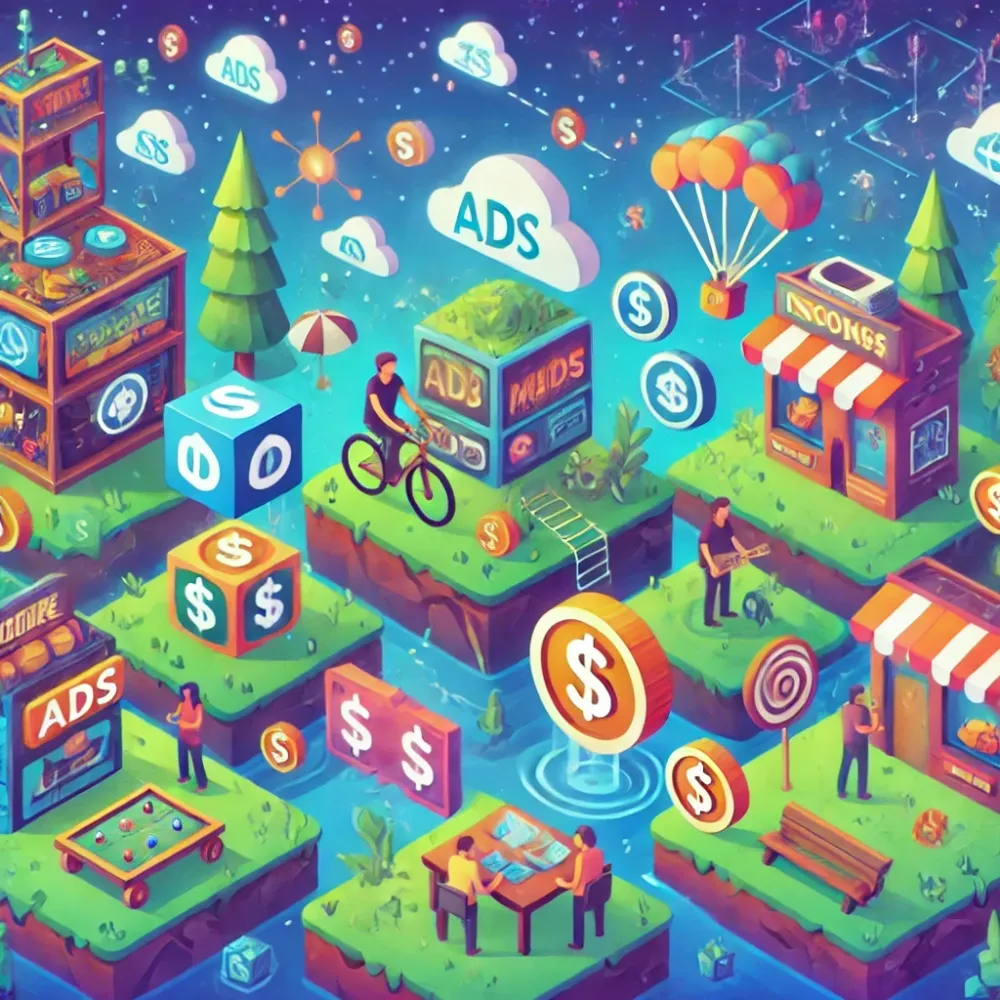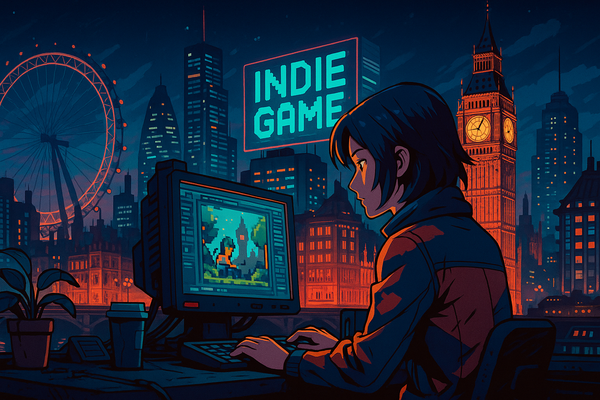Top monetization models for sustainable indie game development
Monetization is critical for indie game developers to ensure a sustainable income stream while maintaining player satisfaction. With the variety of options available, choosing the right model can be daunting. However, successful indie games often combine multiple strategies to optimize revenue without compromising the player experience. Let’s explore some of the top monetization models for indie games and how they can drive long-term success.
1. In-Game purchases
In-game purchases have become one of the most popular and profitable models for free-to-play (F2P) games. These purchases allow players to buy items, currencies, or special content that enhance gameplay, such as character skins, power-ups, or cosmetic changes. The flexibility of in-game purchases gives players control over what they buy and how much they spend, fostering a sense of personalization. Games like Fortnite and Clash of Clans have thrived using this model(Xsolla Tools)(MonetizeMore).
2. Subscriptions
The subscription model offers players access to premium content or features for a recurring fee (monthly or annually). It provides a stable, passive income for developers while incentivizing continuous player engagement. This model works especially well for multiplayer online games (MMOs) or games with regular updates. Clash of Clans uses a tiered subscription system to provide different benefits, from ad-free gameplay to exclusive rewards(Adapty).
3. Ads with reward systems
Advertising is a popular monetization strategy, especially in mobile gaming, where free-to-play models dominate. By integrating rewarded ads—where players earn in-game currency or bonuses for watching videos—developers can generate revenue while maintaining player engagement. The key to success with ads is careful placement to avoid disrupting gameplay. This strategy allows even non-paying players to contribute to the game’s revenue(GameAnalytics).
4. Hybrid monetization strategies
Many indie developers adopt a hybrid approach, combining various methods like ads, in-game purchases, and subscriptions. This model maximizes revenue potential by catering to diverse player preferences. For example, players who avoid making direct purchases might engage with rewarded ads, while others may prefer paying for specific in-game items. By diversifying income streams, developers can mitigate risk and adapt to changing market trends.
5. Paywalls and premium games
Paywalls are often used in premium games, where players pay upfront for full access to content. Although challenging in a market dominated by free-to-play models, games like Monument Valley and The Room have found success by offering high-quality, unique experiences. Developers must offer compelling value, such as a well-polished game with strong gameplay, to justify the upfront cost.
6. Sponsorships and collaborations
Sponsorships with brands or collaborations with other games can provide additional revenue streams without relying solely on player spending. Sponsored in-game events or exclusive branded content can increase visibility, attract new players, and generate revenue through partnerships. This model has proven effective in games like Angry Birds, which teamed up with movies and other franchises to create co-branded experiences.
7. Physical merchandise and Add-Ons
For games that develop a strong, dedicated fanbase, selling physical merchandise (such as apparel or tangible items related to the game) can be highly lucrative. Similarly, offering downloadable content (DLC), expansion packs, or add-ons allows players to pay for extra content that enhances their gaming experience. Games like Minecraft and Cyberpunk 2077 have capitalized on this strategy, offering expansion packs, cosmetic upgrades, and other paid content.
Choosing the right monetization strategy—or combination of strategies—can significantly impact an indie game’s success. Developers must balance revenue generation with maintaining a positive player experience. By experimenting with different models and gathering feedback from the player base, indie developers can create sustainable games that are enjoyable and profitable.




